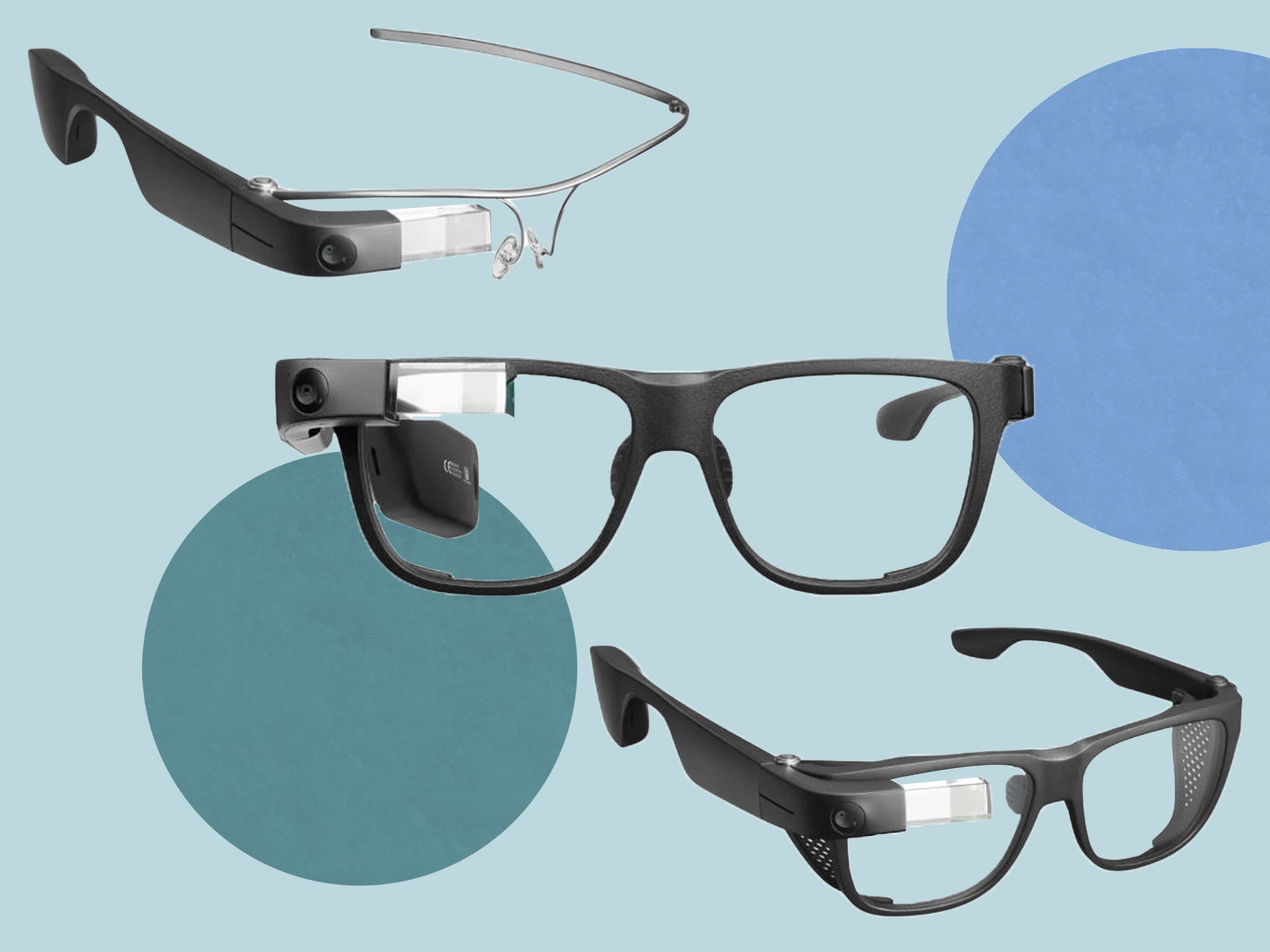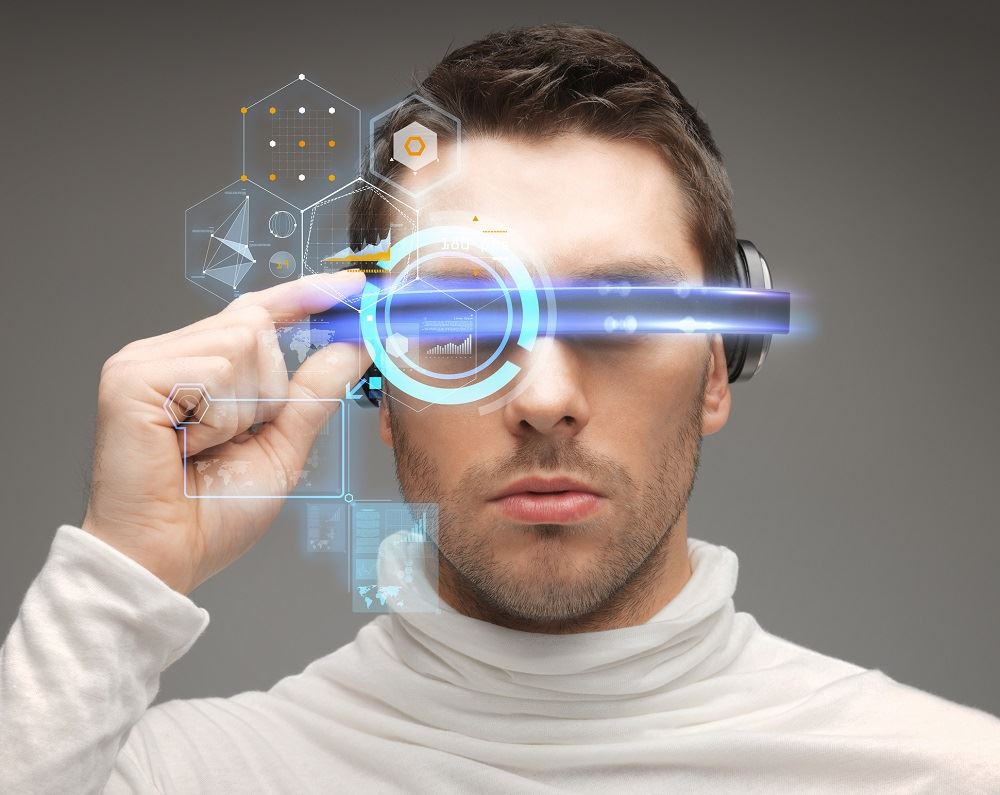Enhancing Ease Of Access Through Assistive Modern Technology for the Blind
The assimilation of assistive innovation for the blind represents a pivotal innovation in access, essentially altering just how people navigate their settings and involve with society. From display readers to cutting-edge wise canes, these devices not only enhance freedom however additionally advertise inclusivity in various rounds of life. As we check out the diverse kinds of assistive devices and their substantial effect on day-to-day living, it ends up being important to examine exactly how ongoing technical developments are improving the landscape of assistance for the blind area. What implications do these advancements hold for the future of access?
Summary of Assistive Modern Technology
Assistive technology refers to a series of tools and software program designed to improve the abilities of people with handicaps, including those who are aesthetically impaired or blind. This innovation plays an essential function in promoting self-reliance and enhancing the lifestyle for customers. By giving alternative methods for accessing information and carrying out everyday tasks, assistive innovation equips individuals to navigate their environments better.
The advancement and application of assistive technology embrace a variety of principles targeted at cultivating access. These concepts consist of user-centered style, which prioritizes the needs and choices of the individual, and the integration of modern technology into day-to-day activities. Such innovations ensure that assistive gadgets are not just practical but very easy and additionally user-friendly to use.
Additionally, assistive modern technology incorporates a diverse spectrum of remedies, from low-tech alternatives like magnifiers to state-of-the-art developments such as screen viewers and Braille screens. The ongoing advancement of this field is driven by the need to resolve the special challenges encountered by people with visual disabilities (Wearable technology for low vision). As technology remains to development, the potential for boosting ease of access and advertising inclusivity stays promising, ultimately adding to a more fair society

Types of Assistive Tools
Various kinds of assistive devices are readily available to sustain people that are visually damaged or blind, each designed to attend to specific requirements and obstacles. These devices can be extensively classified into 3 major types: low-tech, mid-tech, and state-of-the-art solutions.
Low-tech gadgets consist of items such as magnifiers, Braille labels, and responsive maps. These are reasonably easy devices that boost the user's capability to connect with their environment without needing intricate modern technology.
Mid-tech tools commonly include advanced attributes, such as digital magnifiers and mobile Braille note-takers. These tools can supply capabilities like speech result, permitting individuals to gain access to info a lot more effectively.

Influence On Daily Living
The availability of numerous assistive gadgets substantially enhances the lifestyle for individuals who are blind or aesthetically impaired, impacting their day-to-day living in profound means. By incorporating technologies such as display visitors, Braille presents, and audio description solutions into their routines, individuals gain better autonomy and freedom. These tools promote access to details, allowing people to carry out day-to-day tasks, such as reviewing emails, browsing public spaces, and appreciating media material.
In addition, assistive gadgets encourage individuals to engage even more fully in social communications and area activities. The capacity to utilize mobile phones geared up with availability features permits seamless communication and link with others. This connectivity cultivates a sense of belonging and reduces feelings of seclusion.
In professional settings, assistive innovation sustains productivity by enabling people to full work tasks effectively. Devices like voice acknowledgment software and specialized zoom tools make it possible for users to take part in the labor force on equivalent ground with their sighted peers.

Improvements in Modern Technology
Current technological developments have actually dramatically changed the landscape of tools available for individuals who are blind or visually impaired. The combination of expert system (AI) and equipment understanding has generated applications that enhance navigation and object recognition. For example, smartphone apps can currently make use of AI to recognize and define environments in real-time, giving customers with beneficial contextual details.
In addition, improvements in haptic innovation have led to the development of clever walking sticks furnished with sensors that spot obstacles and offer tactile responses. This encourages individuals to navigate their environment with increased confidence and freedom. Moreover, developments my latest blog post in text-to-speech software and braille display screens have actually enhanced the availability of digital material, enabling seamless communication with different media.
Wearable modern technologies, such as smart glasses, are likewise making strides in assisting aesthetic impairment. As innovation proceeds to evolve, the capacity for also more transformative devices remains on the horizon.
Future Trends and Innovations
As modern technology quickly progresses, the future of assistive devices for people who are blind holds immense assurance. about optometry course Technologies in expert system (AI) and device learning are positioned to transform the way blind customers communicate with their environments. For example, AI-driven applications are being established to enhance item recognition, permitting individuals to recognize and navigate their surroundings with higher ease and precision.
Moreover, innovations in haptic feedback modern technology are enabling the production of tactile maps and navigation help that offer real-time details through touch. These advancements not just enhance flexibility but likewise foster freedom. Additionally, wearable gadgets equipped with enhanced fact (AR) features are emerging, using users visual info via audio descriptions, therefore connecting the space between the digital and physical worlds.
Furthermore, the assimilation of smart home innovation provides brand-new opportunities for ease of access, permitting people to control their living environments with voice commands or mobile phone applications. As cooperation in between technology developers and the blind community continues, the focus on user-centered style will certainly make certain that future innovations are customized to fulfill the distinct needs of this population (Wearable technology for low vision). The trajectory of assistive innovation guarantees a much more empowering and comprehensive future for people that are blind
Final Thought
In conclusion, assistive technology plays a critical function in enhancing accessibility for people with visual problems. Constant advancements in modern technology and user-centered style ensure that these devices cater properly to the distinct needs of the blind neighborhood.
The integration of assistive get redirected here modern technology for the blind represents a crucial improvement in ease of access, basically changing just how individuals browse their atmospheres and involve with society.Assistive modern technology refers to a range of tools and software made to enhance the abilities of individuals with specials needs, including those that are aesthetically impaired or blind. Wearable technology for low vision.As innovation swiftly progresses, the future of assistive devices for people who are blind holds tremendous promise. The trajectory of assistive innovation promises a much more empowering and inclusive future for people who are blind
In final thought, assistive innovation plays a crucial function in boosting availability for people with visual problems.